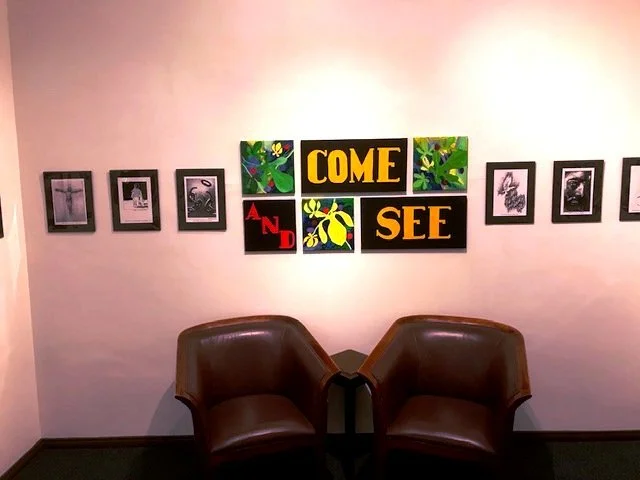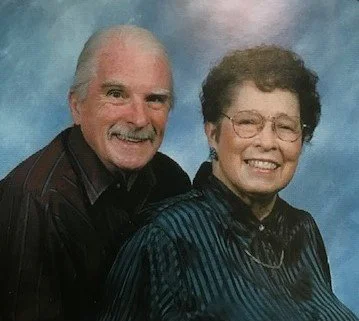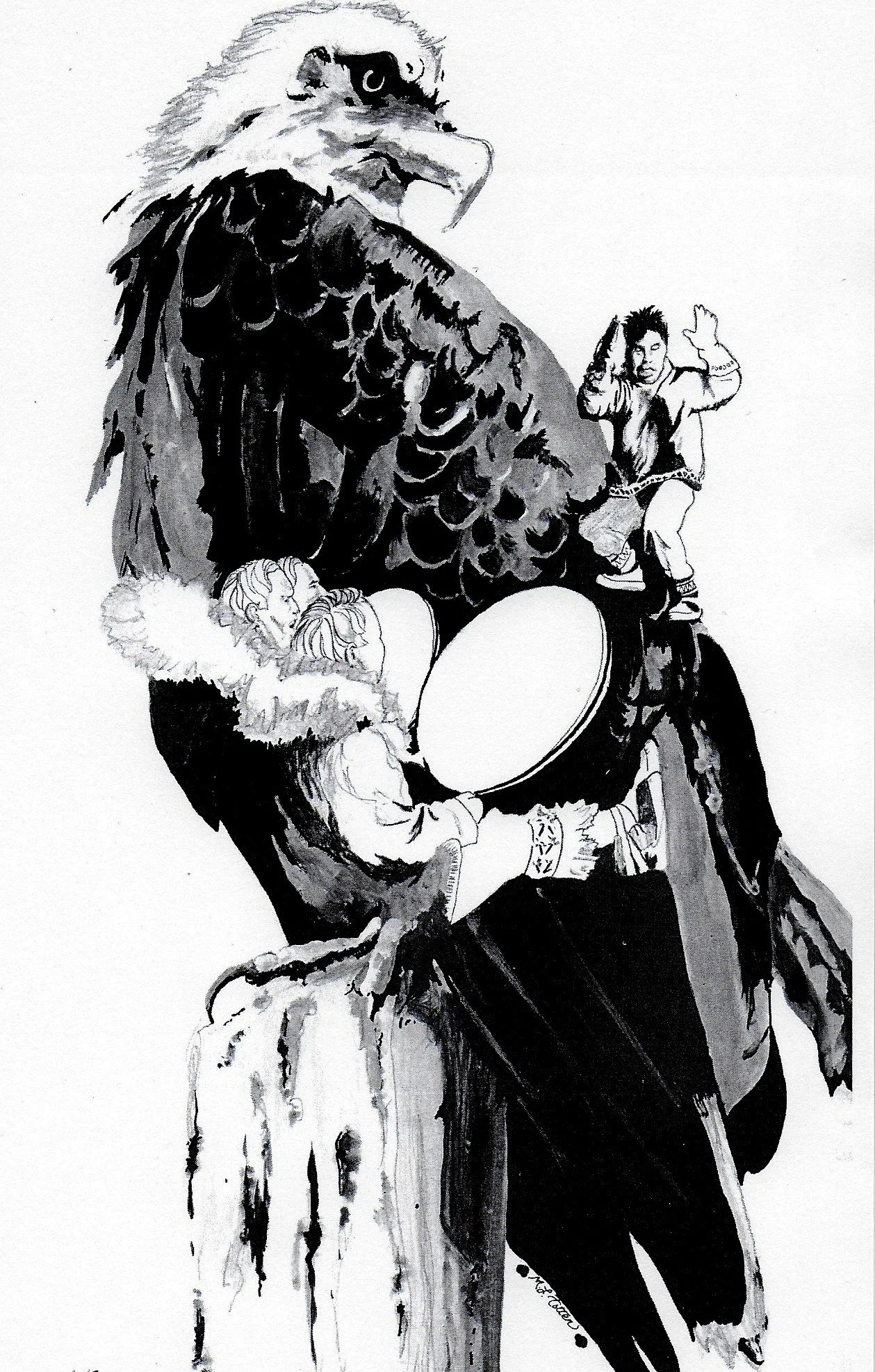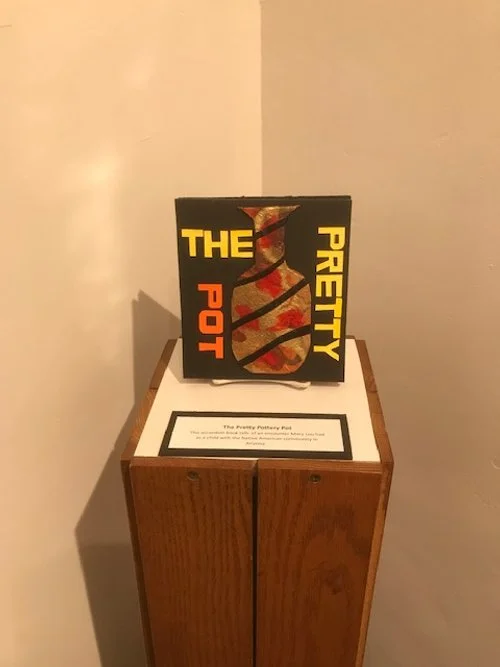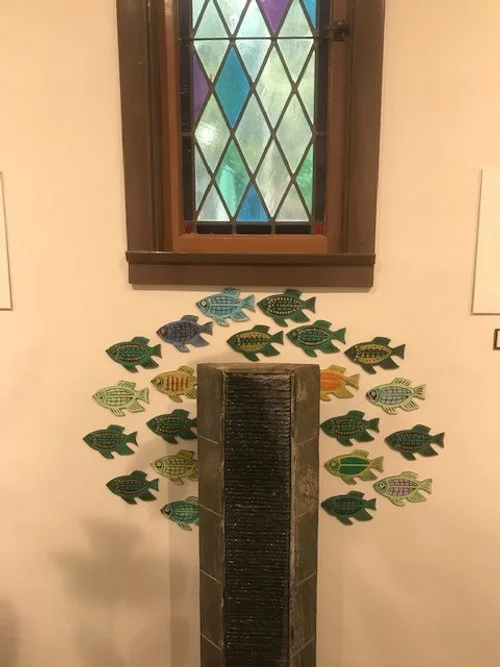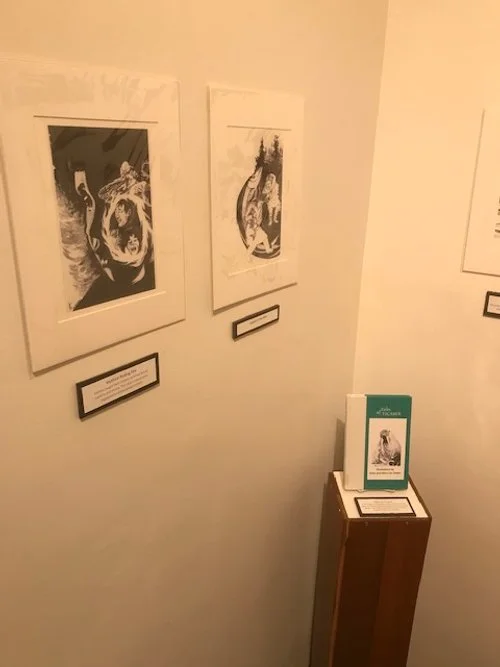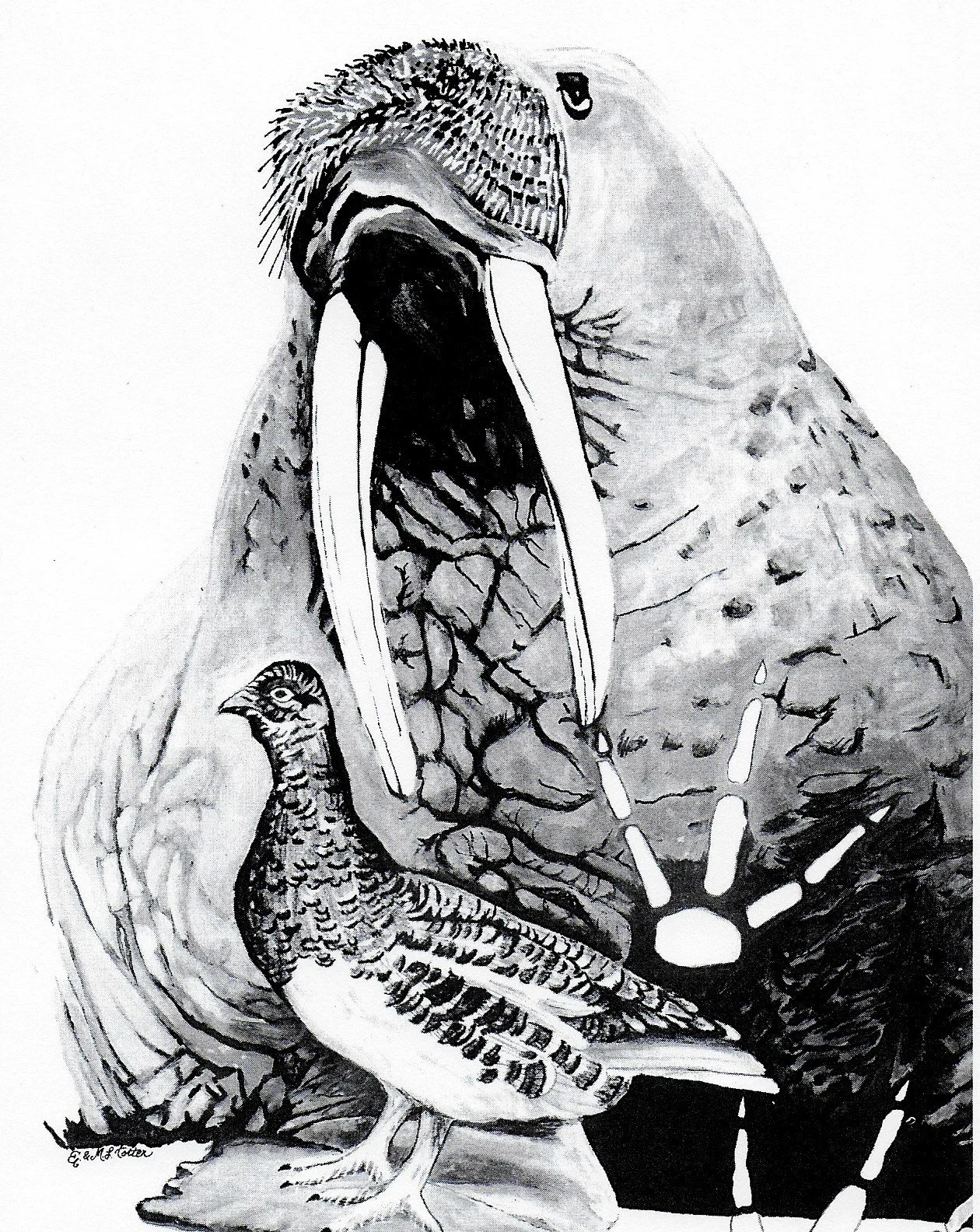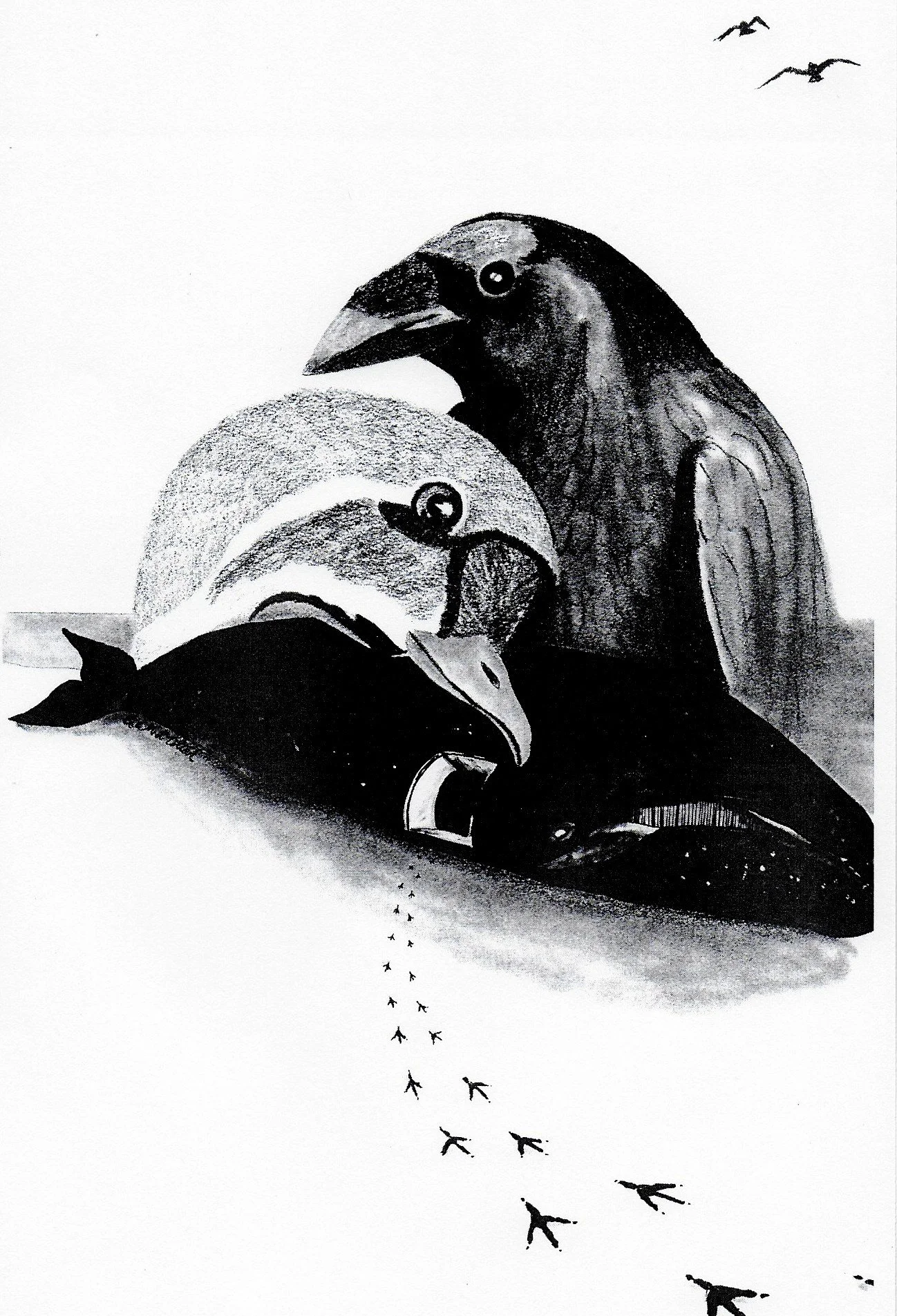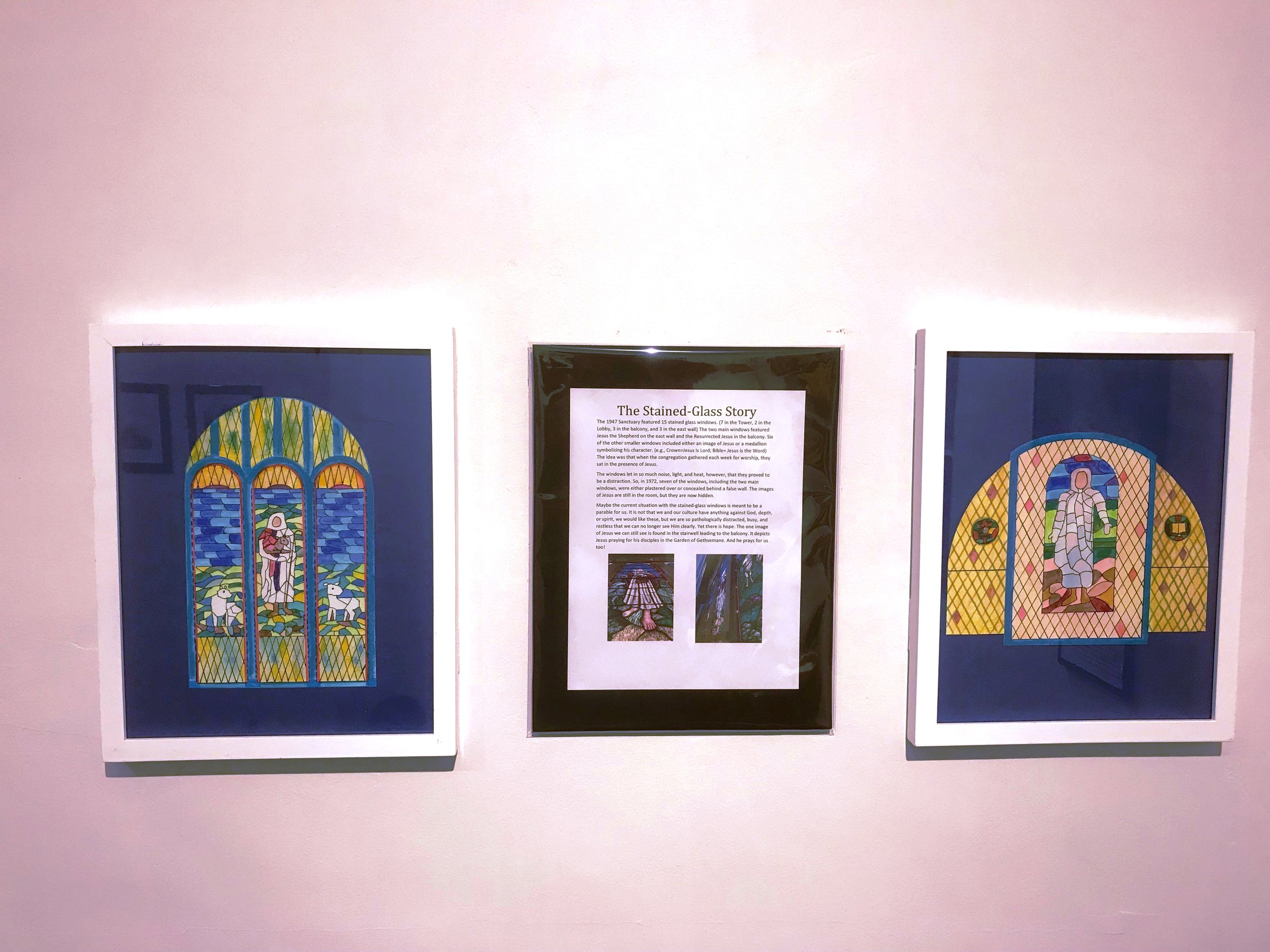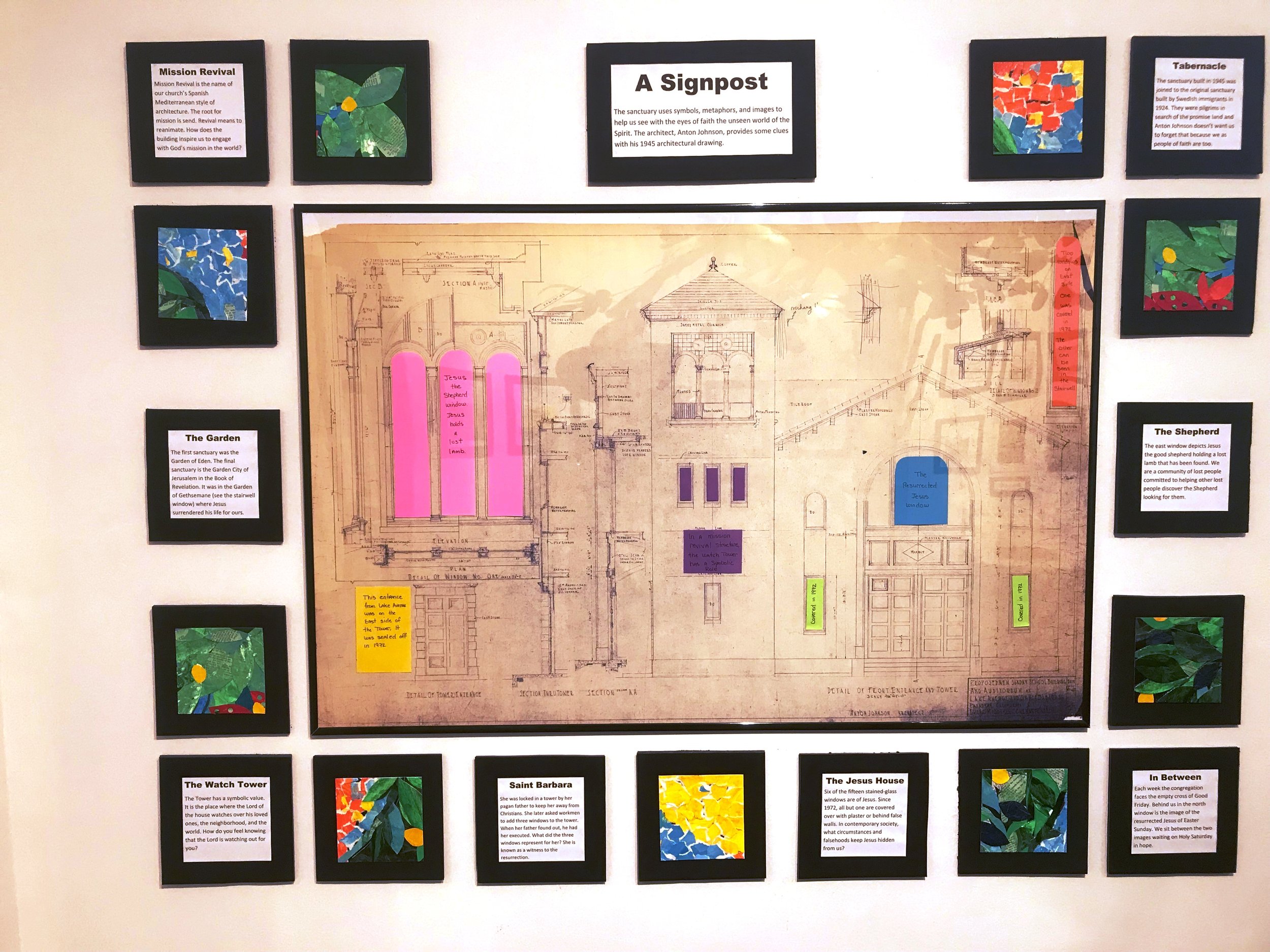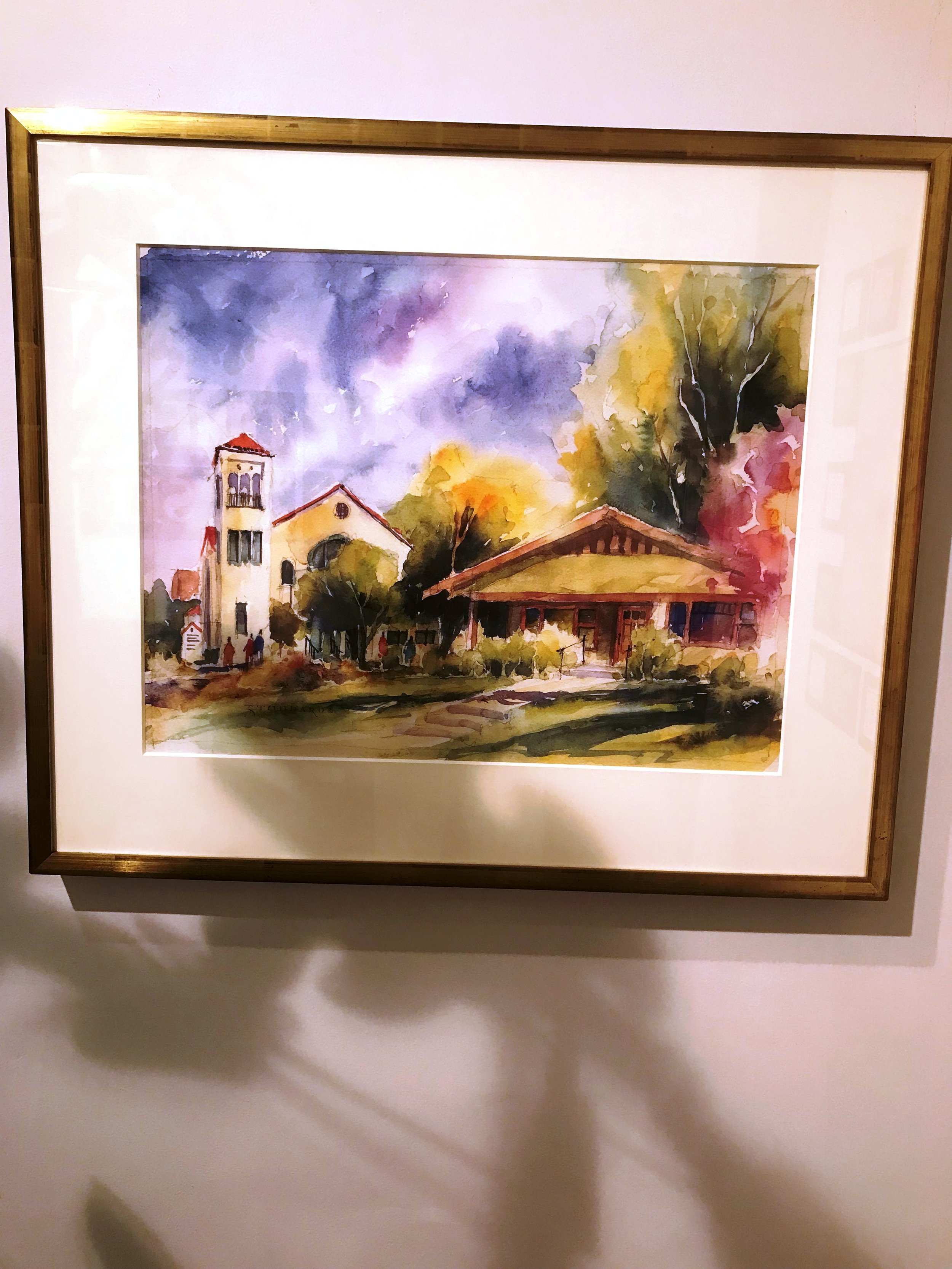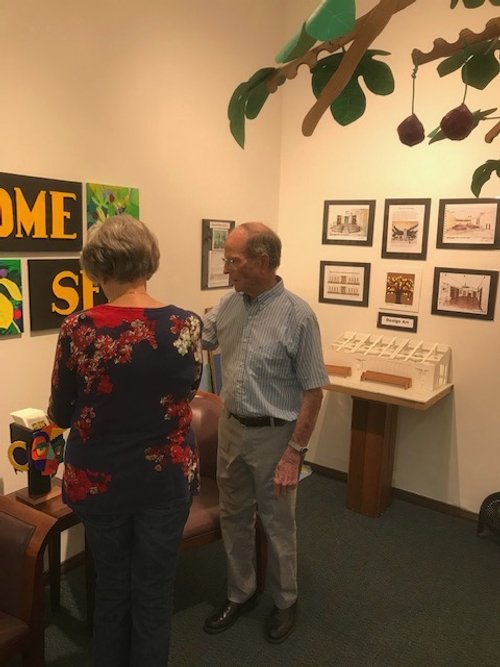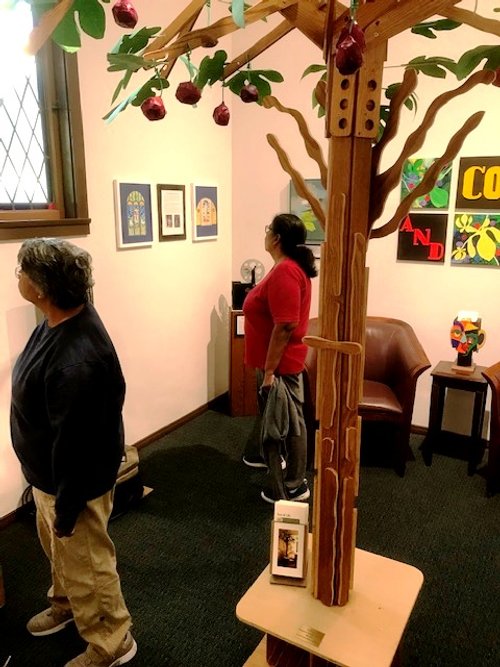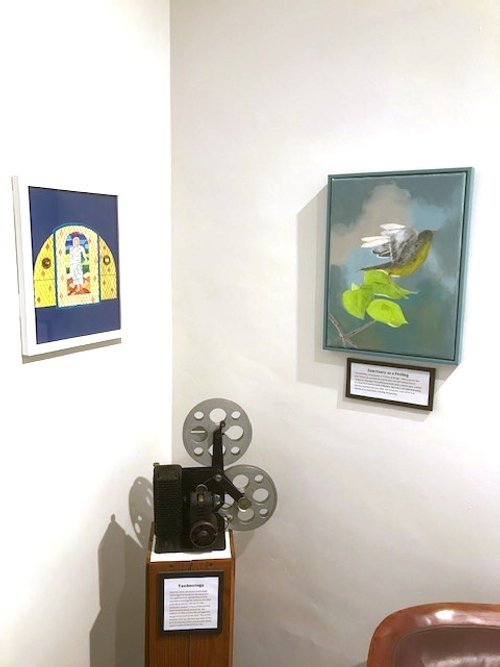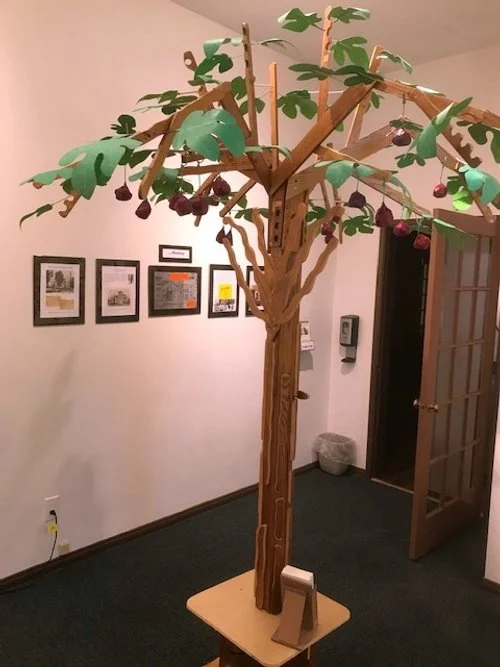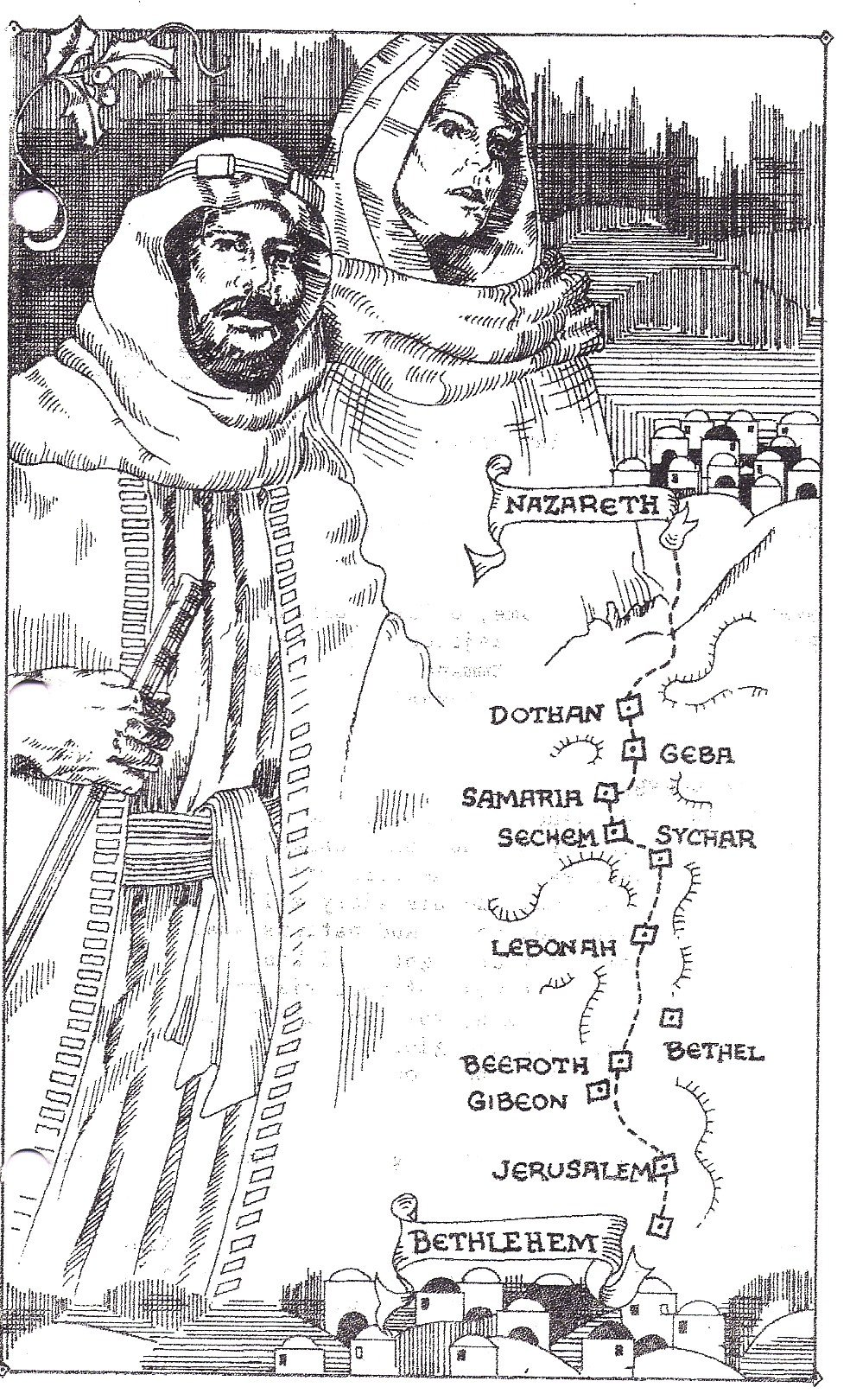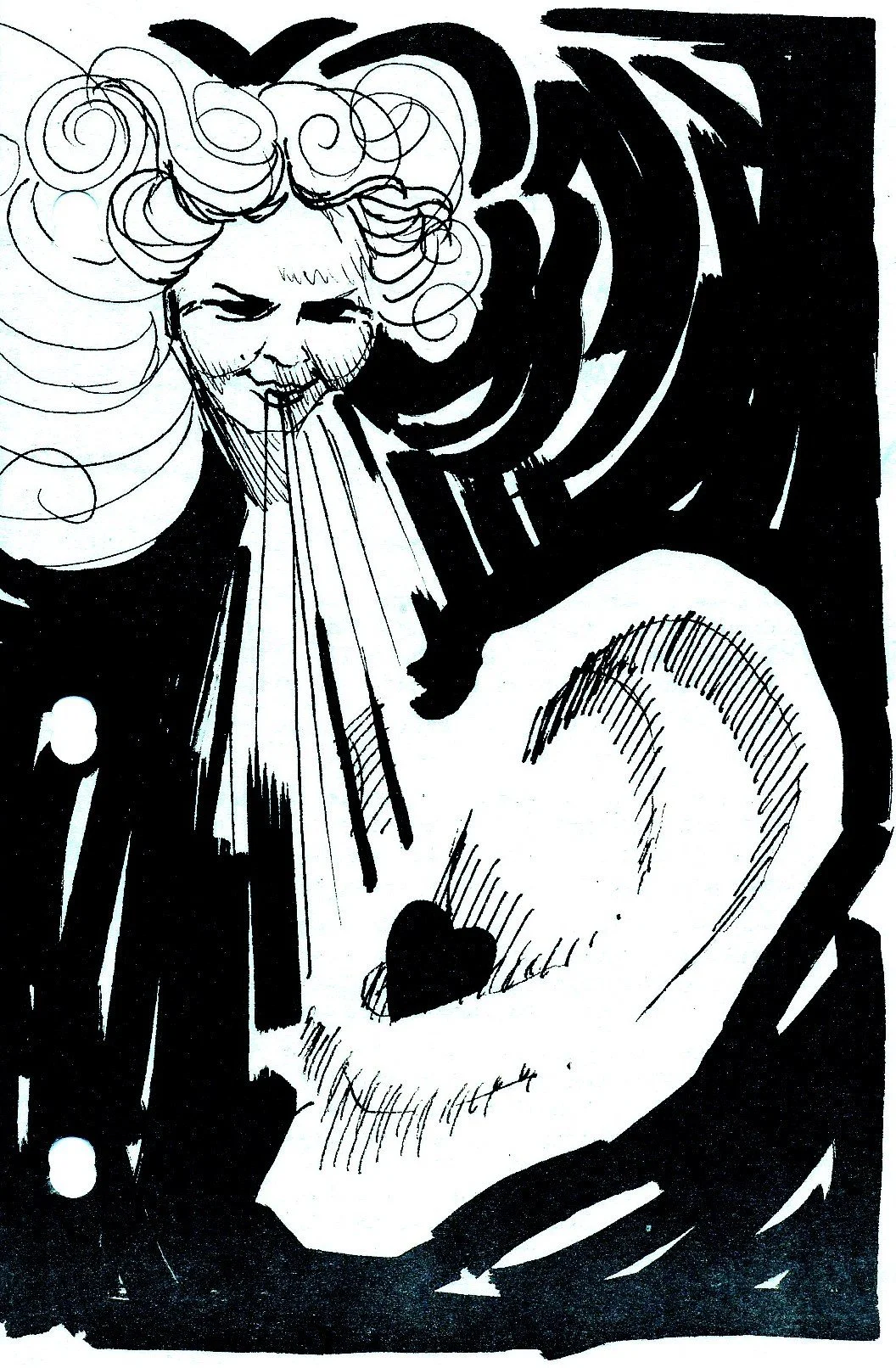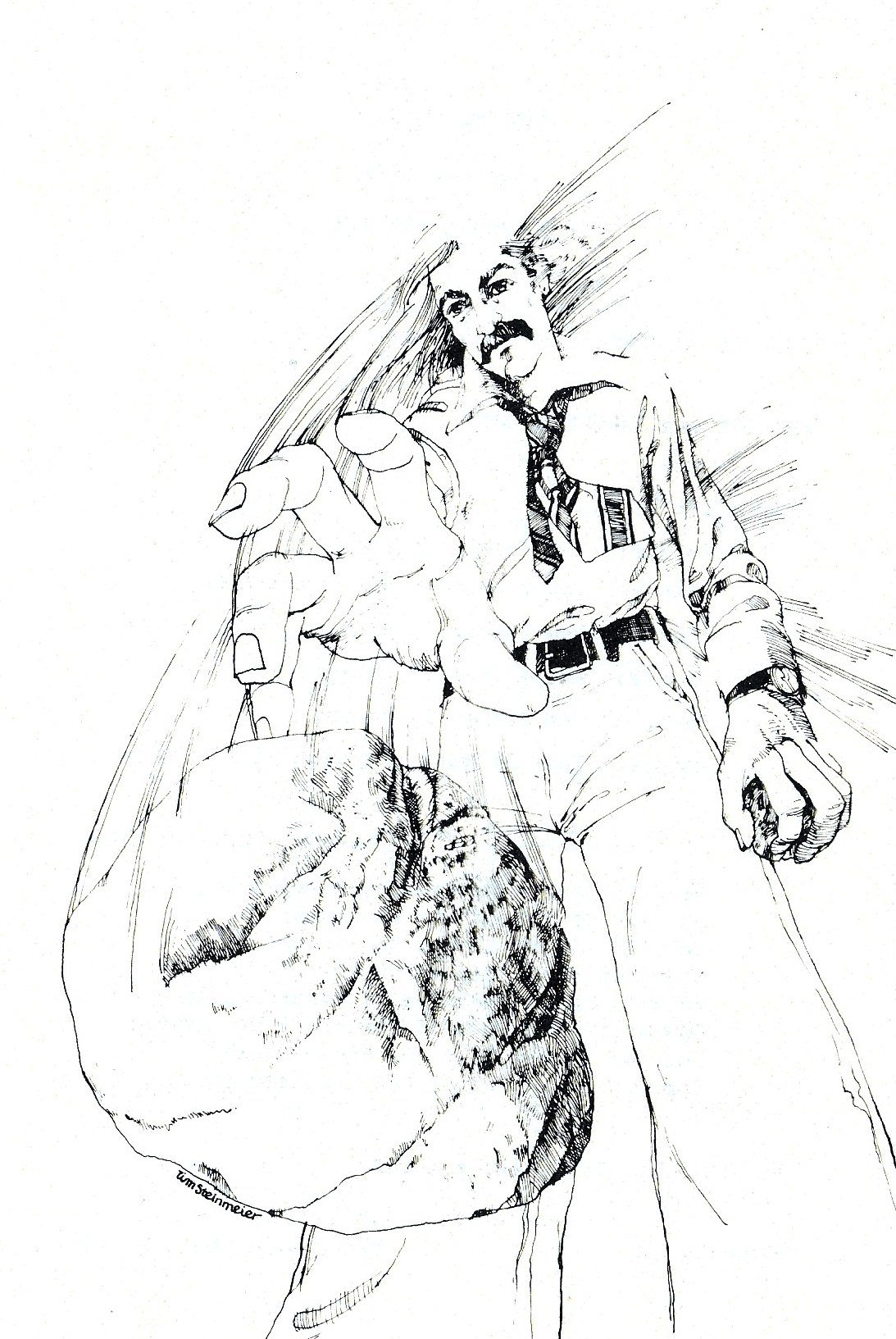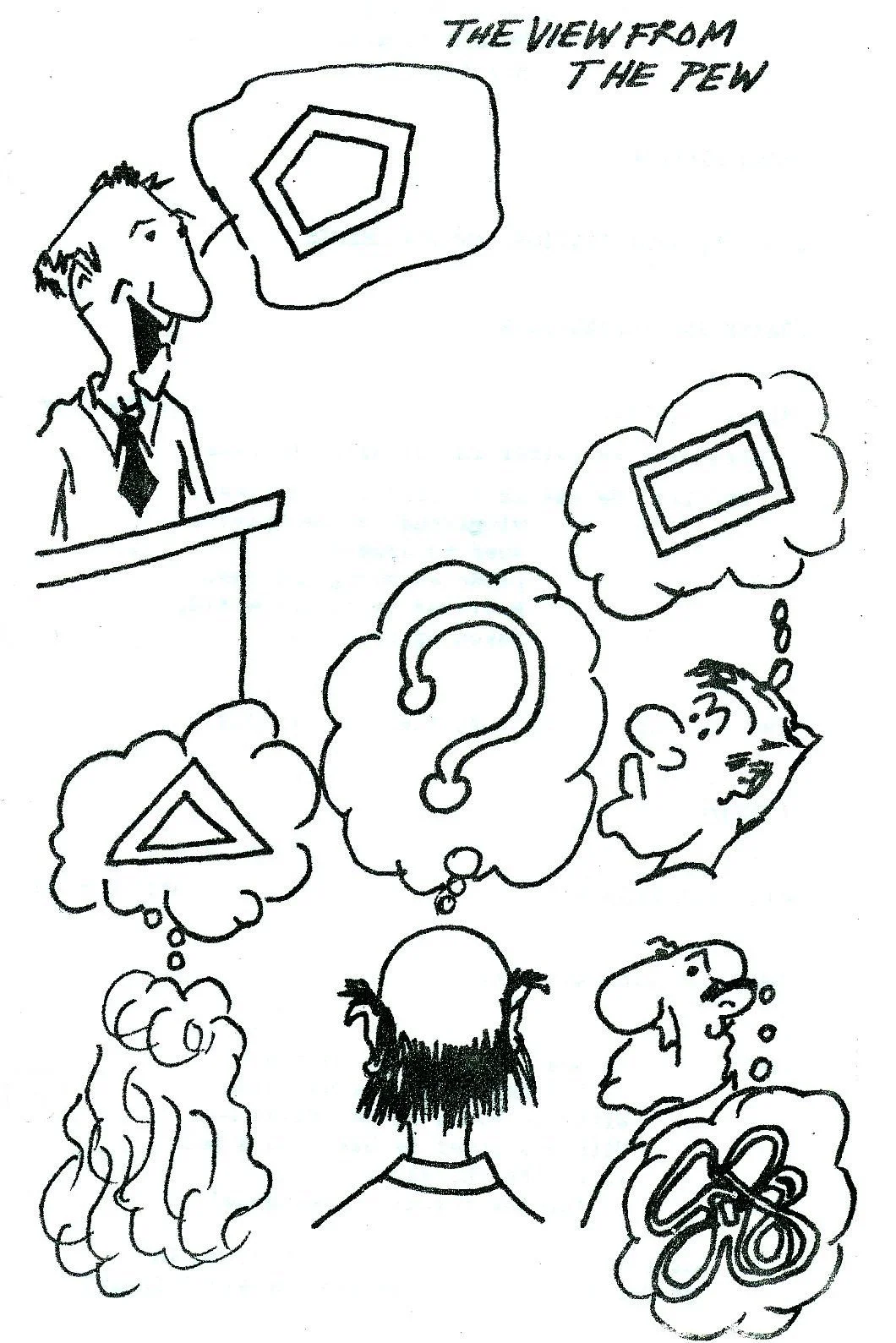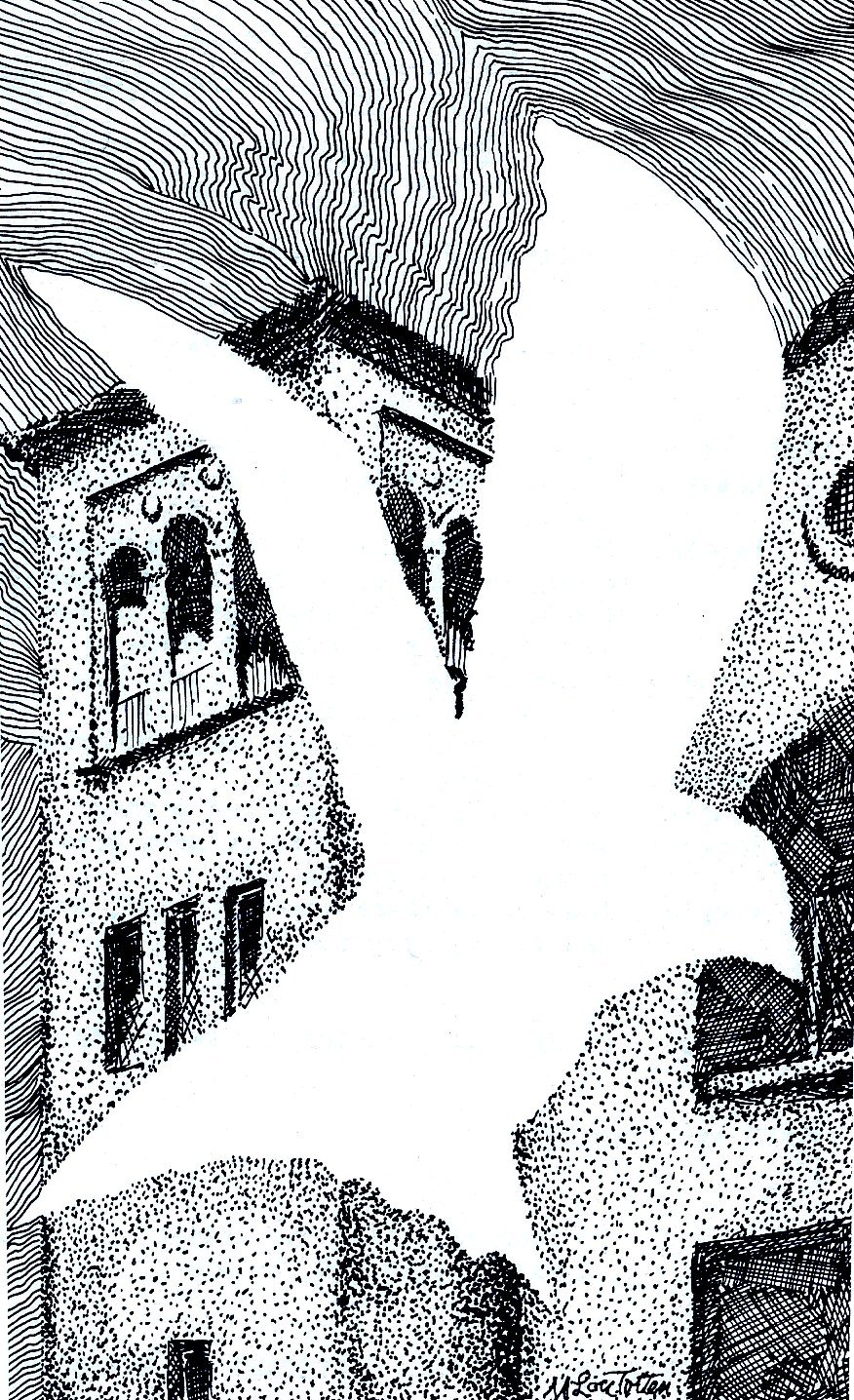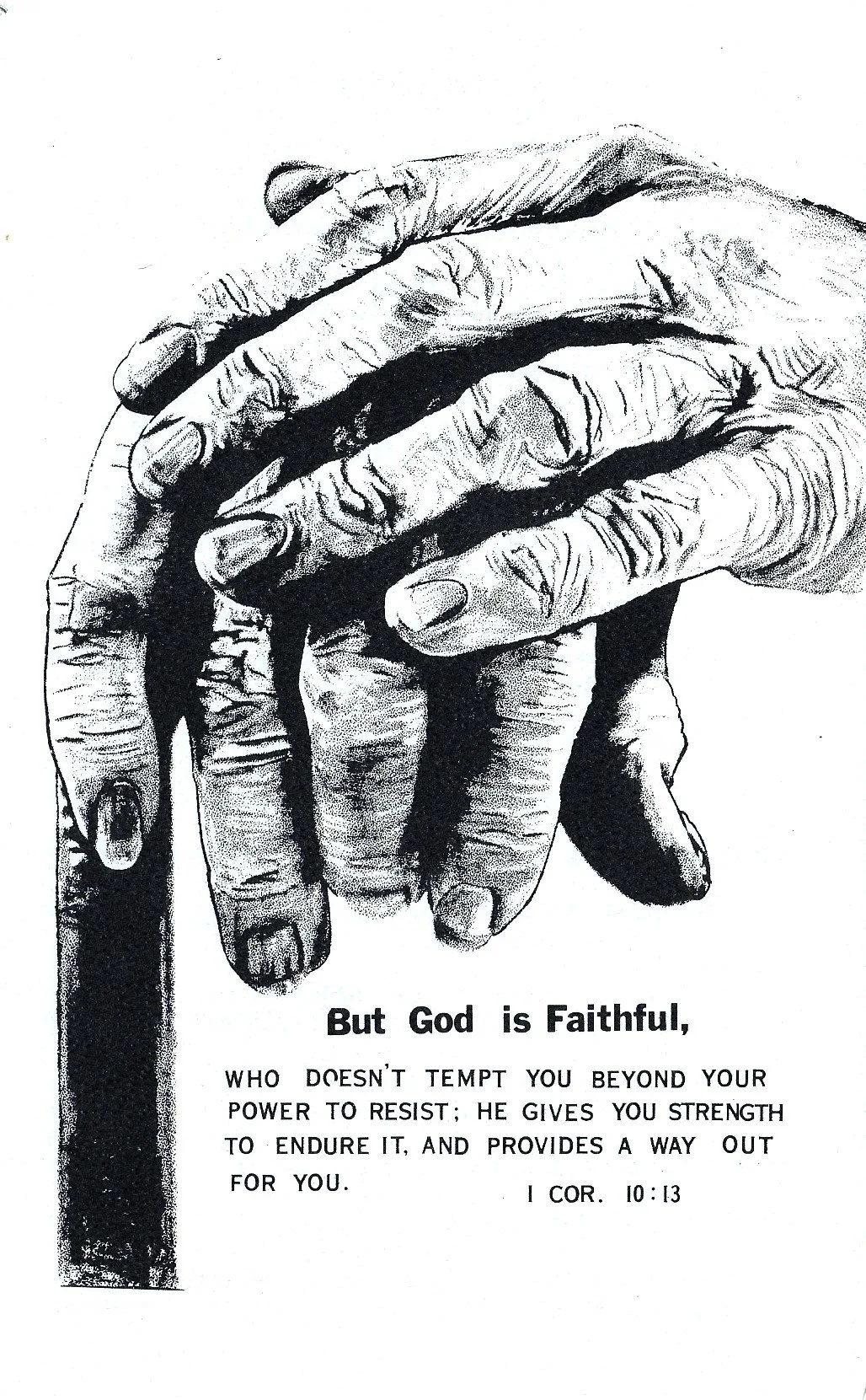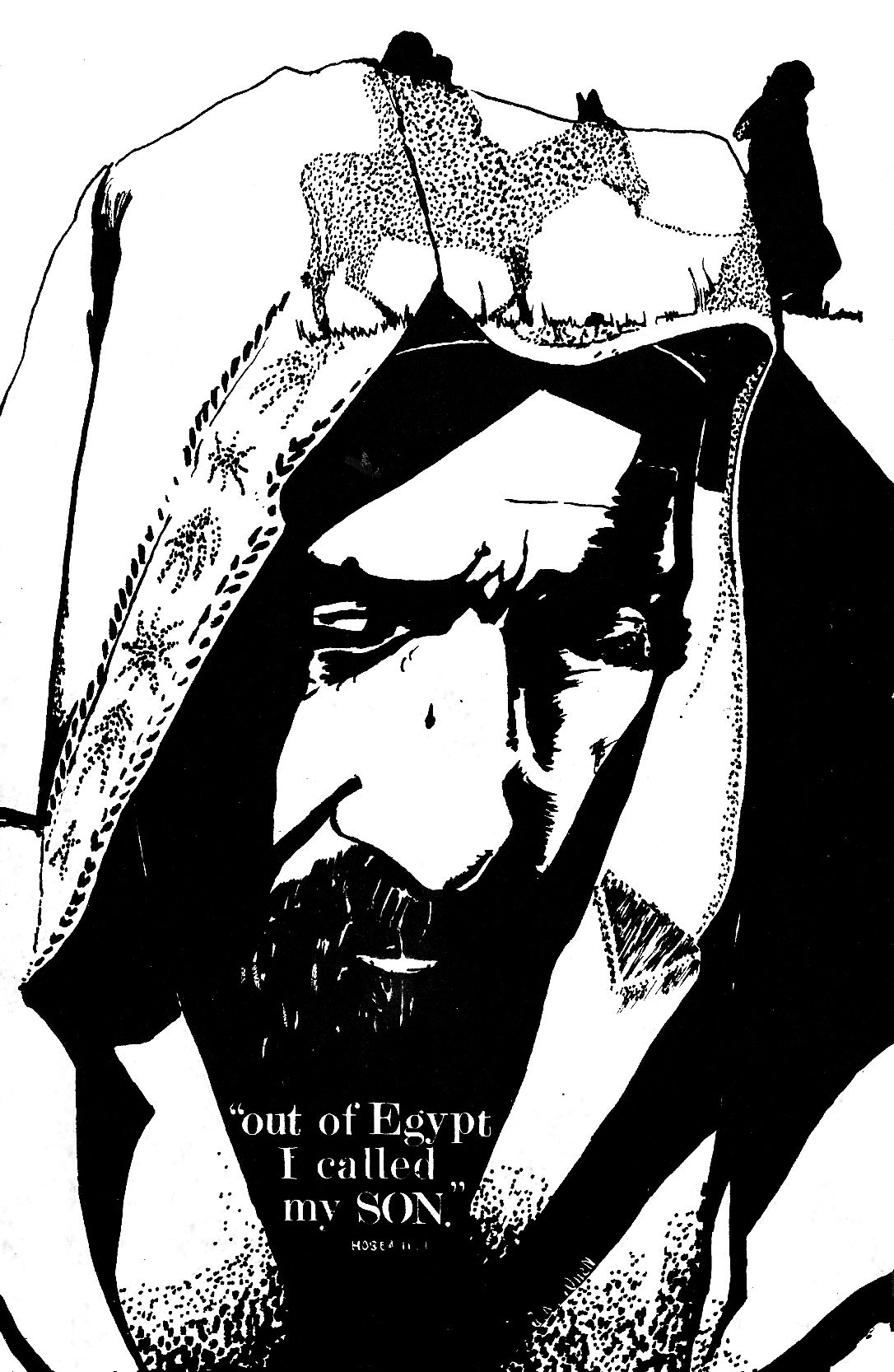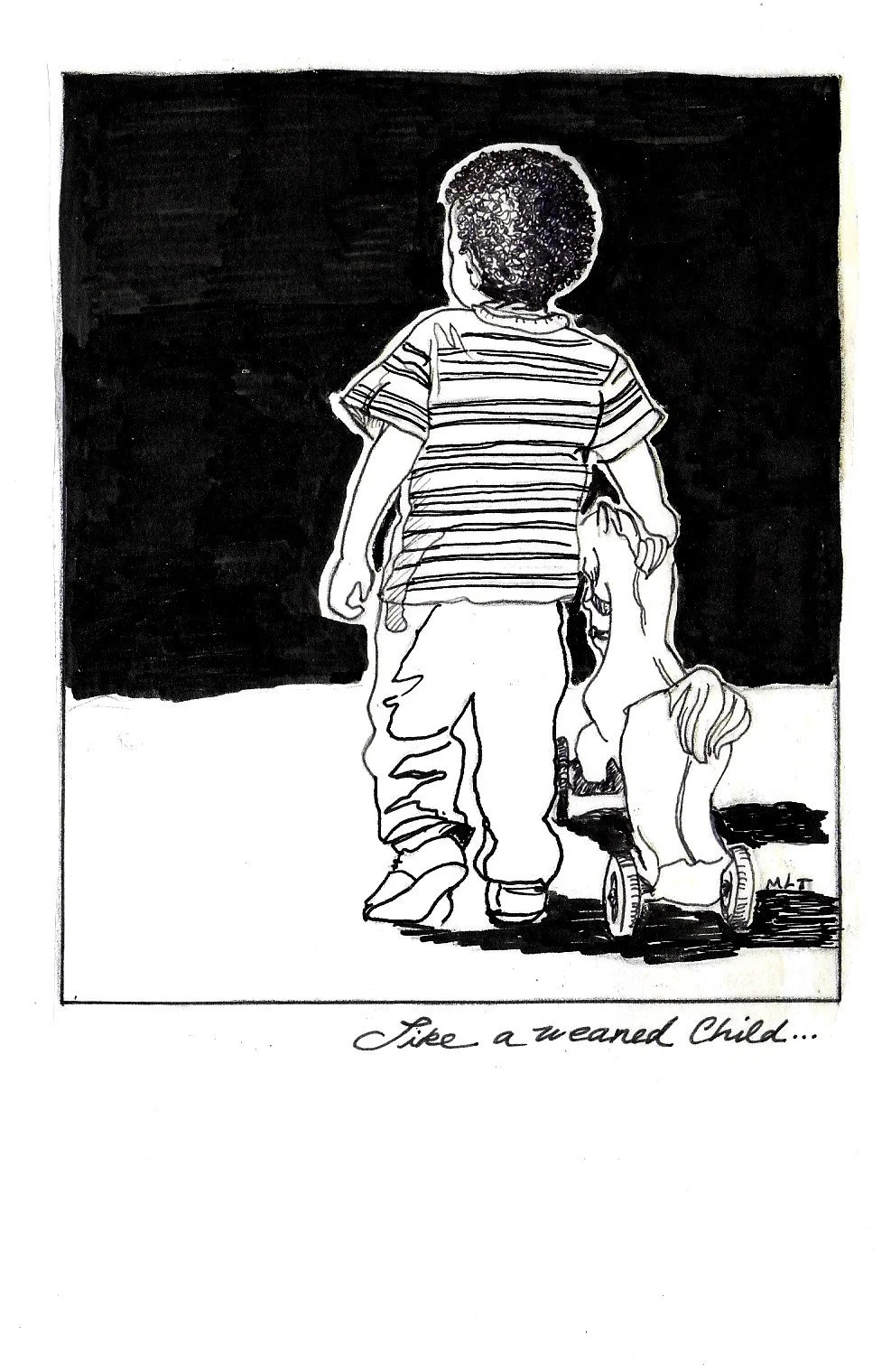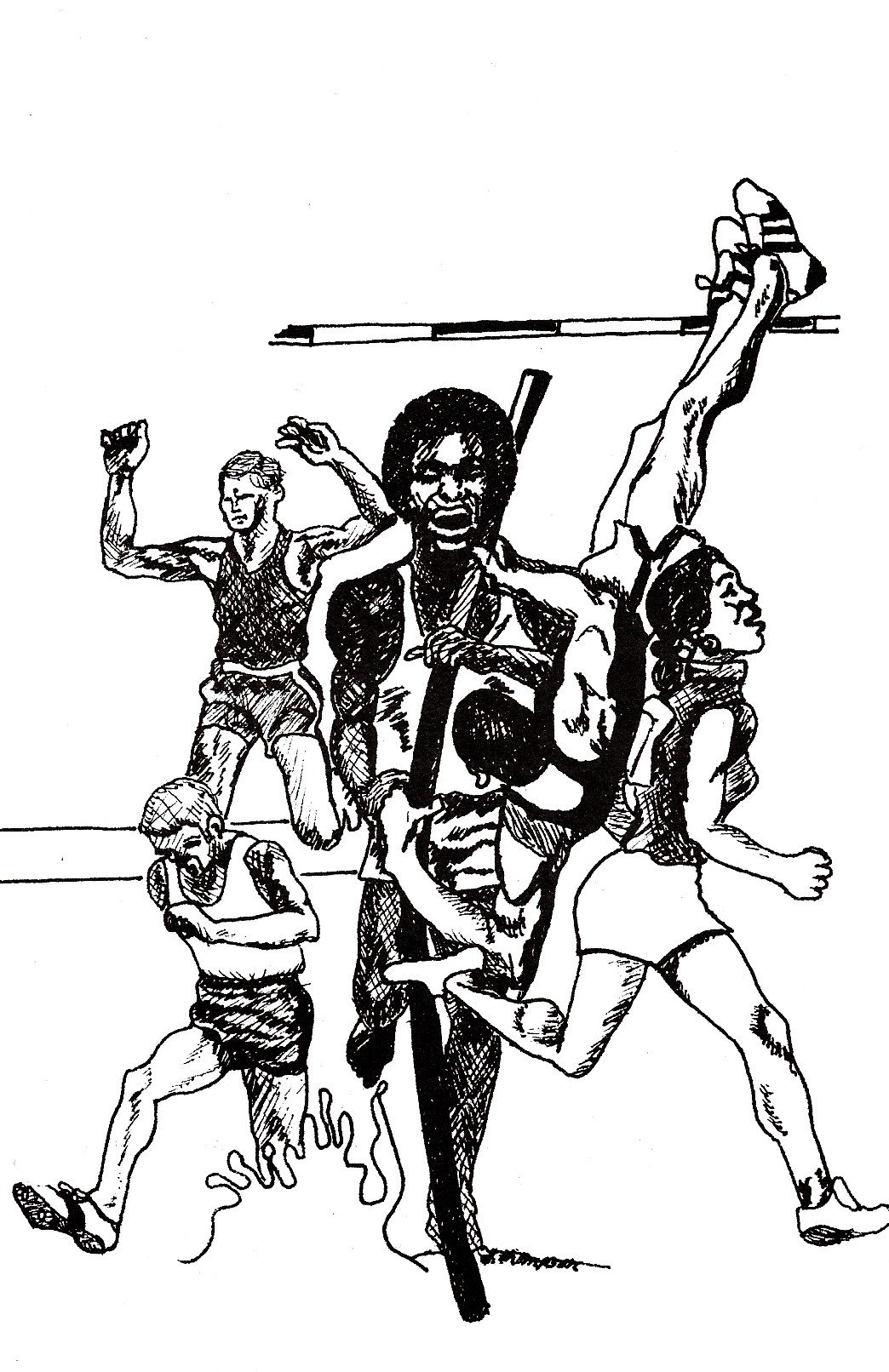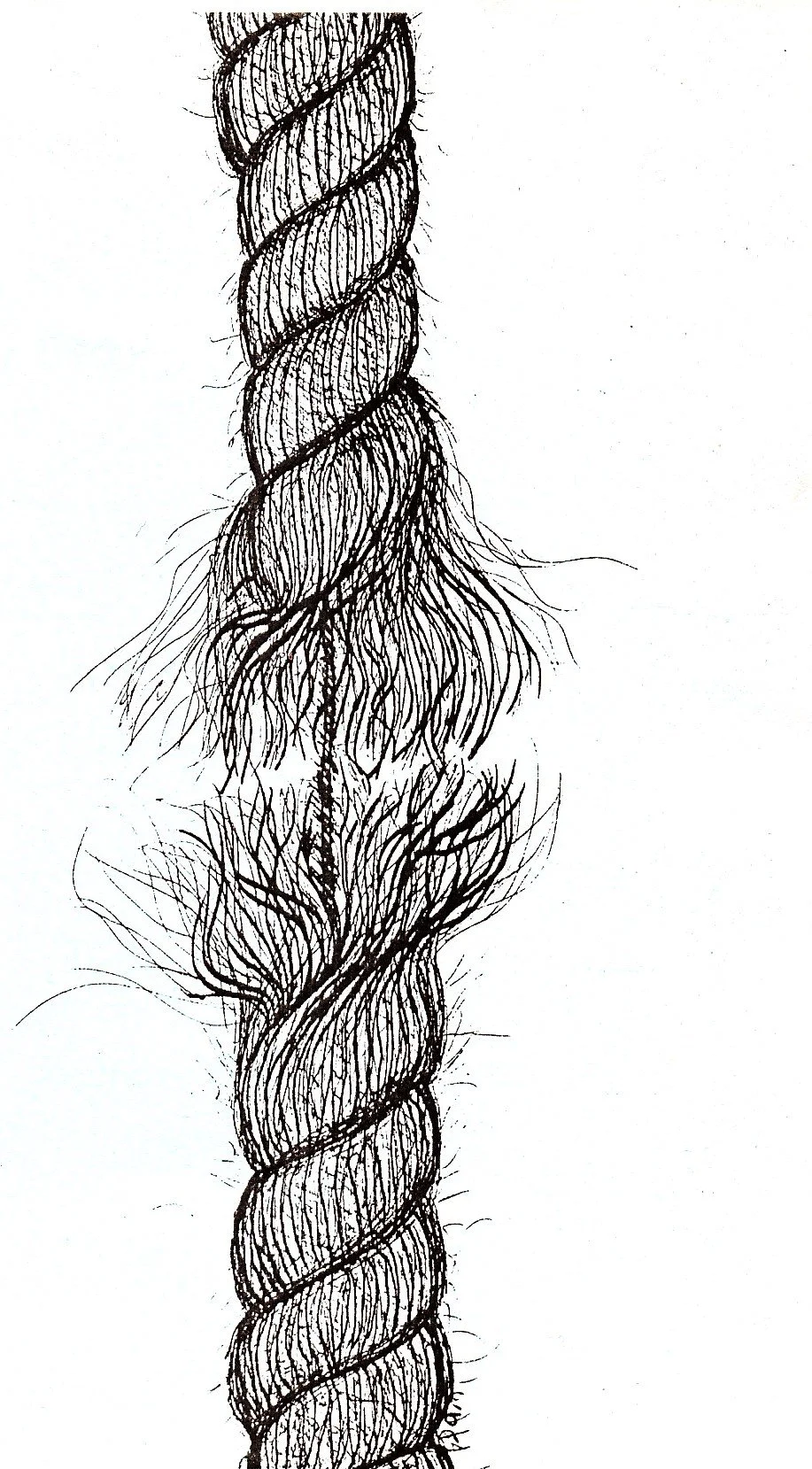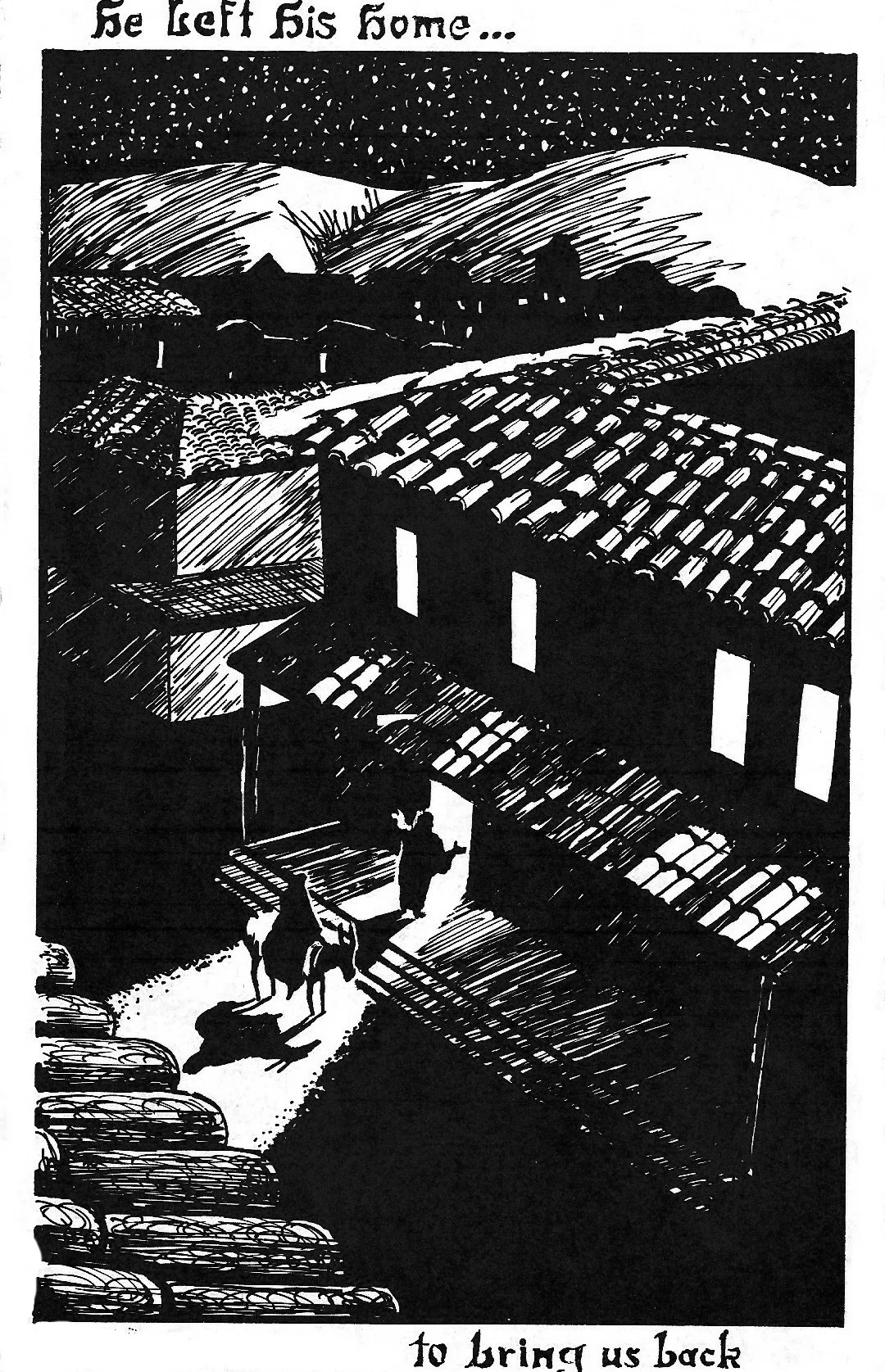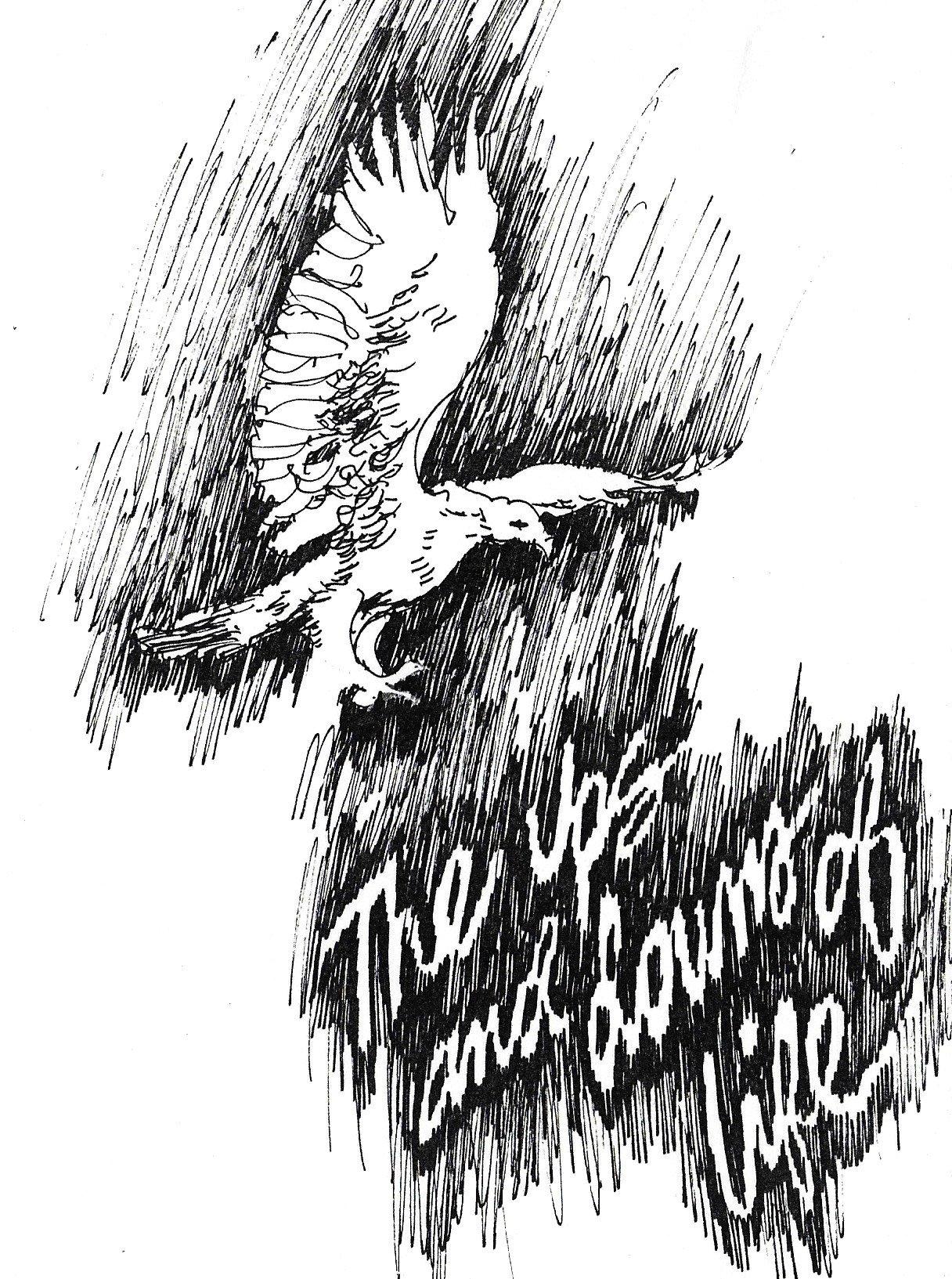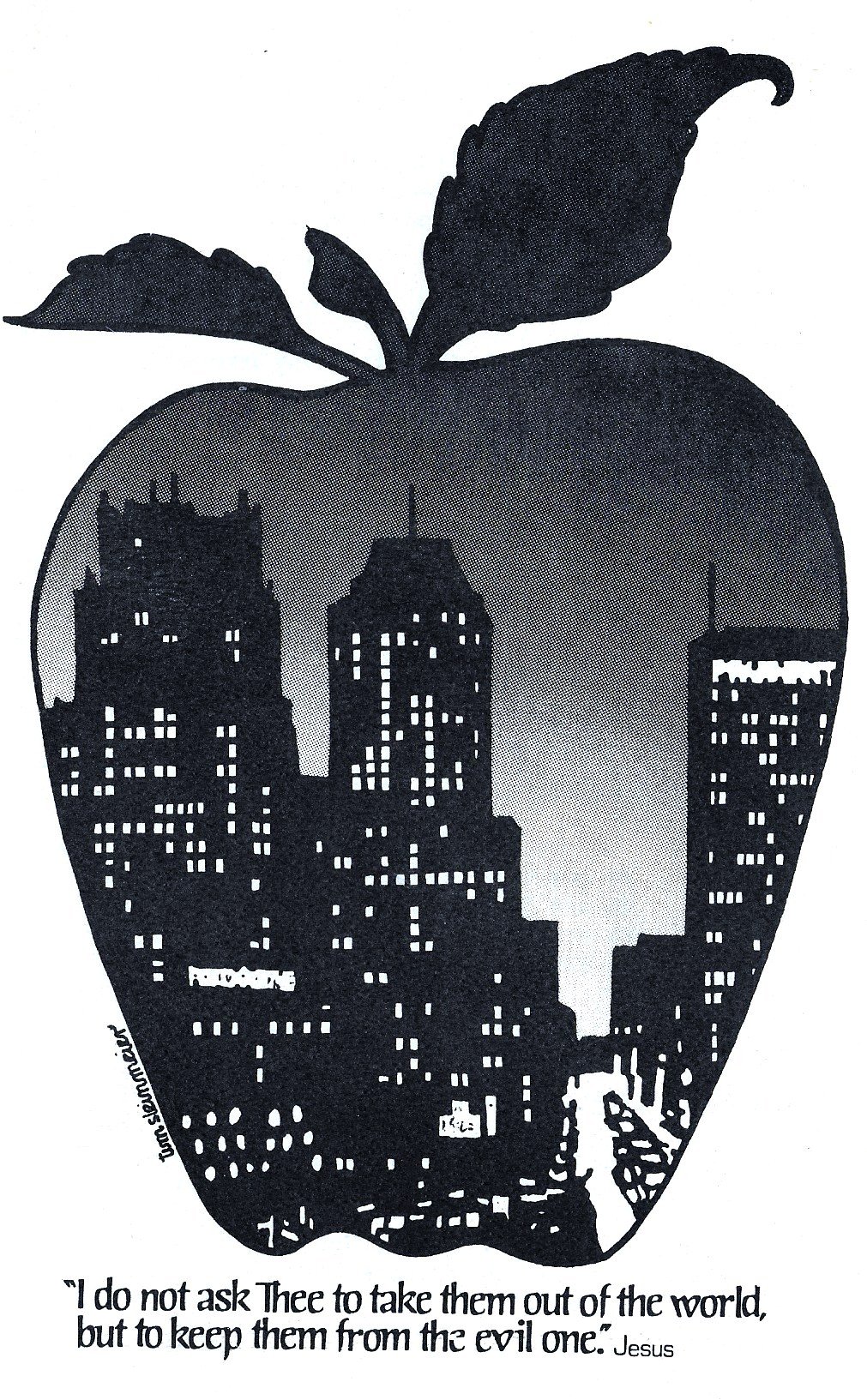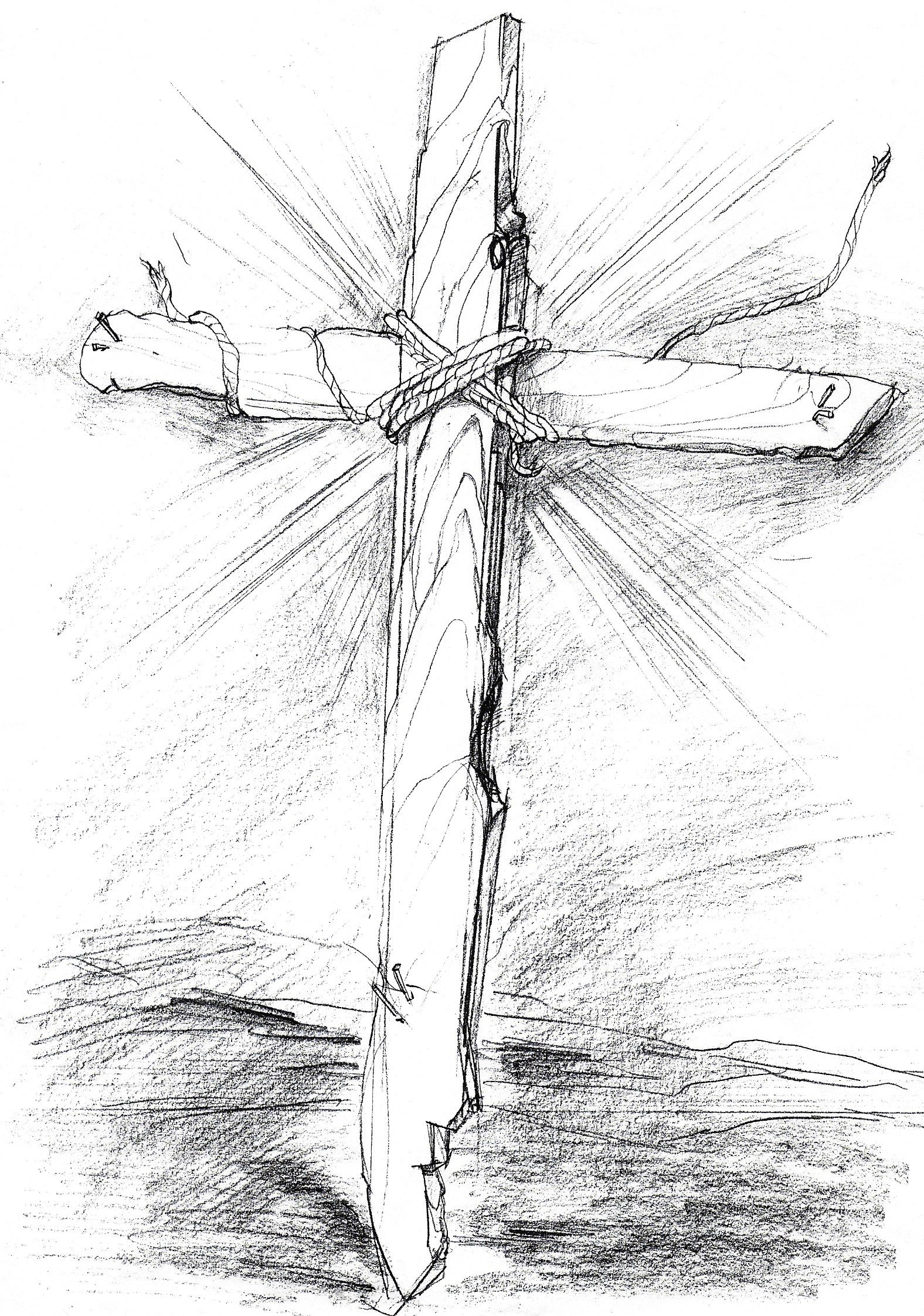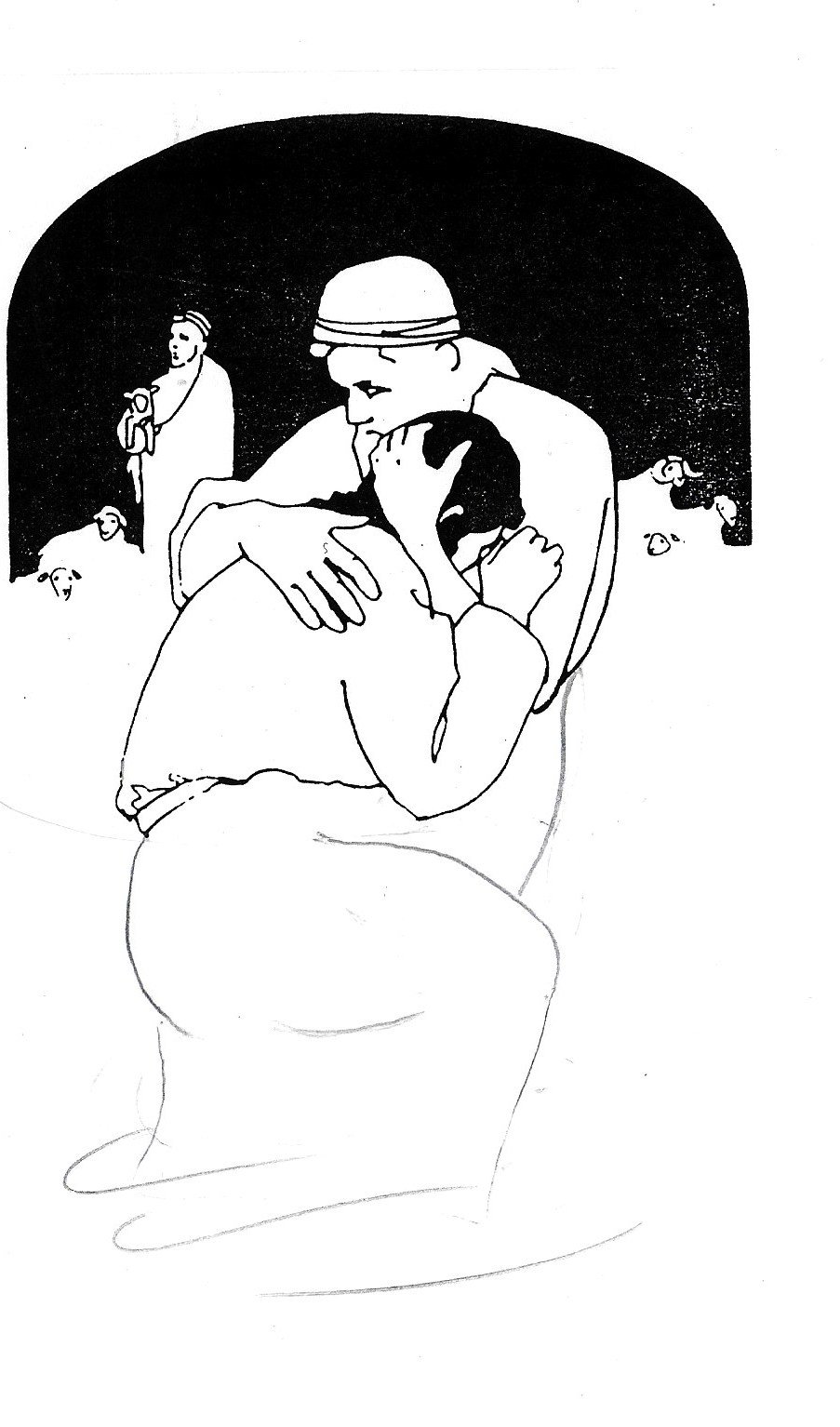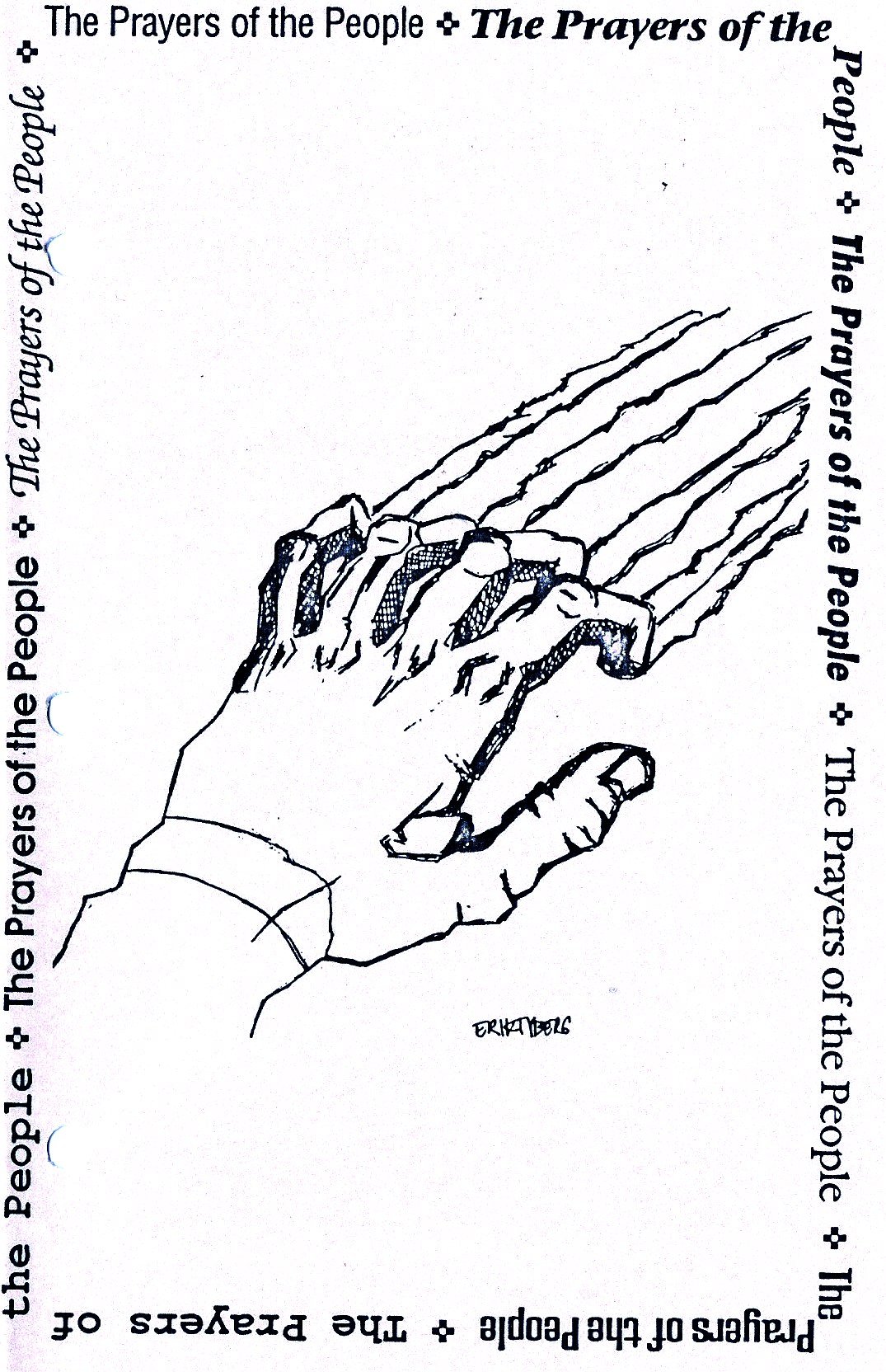Come and See Prayer Gallery
The Mission of the Gallery
The Come and See Prayer Gallery is a meditative space where the Pasadena Covenant community is invited to interact with artists and their visual works of art in order to deepen their understanding of Jesus and his Kingdom. Come and see the one who sees us!
Gallery Goals
We seek to:
Enrich our prayerful worship of God by creating a designated visual venue.
Exhibit art that reflects the sermon series or the liturgical calendar.
Explore how visual language expresses ideas and truths beyond the spheres of words and music.
Support art and art lovers by designating space to show and enjoy art.
Create a bridge between an artistic vision and the viewer’s spiritual reflection.
Provide an avenue for engaging with the neighborhood through the visual arts
Come and See Prayer Gallery
Gallery Name
*One day Nathaniel was sitting quietly under a fig tree when his friend Philip came running towards him. “We have found the one Moses and the prophets wrote about—Jesus of Nazareth,” Philip exclaimed.
“Can anything good come from Nazareth,” Nathaniel asked.
Come and see”, said Philip. (John 2:45-46)
Current Display
Building Bridges of Meaning
The Artwork of Gene and Mary Lou Totten
Gene and Mary Lou served as the art directors at Pasadena Covenant for many years starting in the 1970s. They were missionary artists who sought to use their gifts to build bridges of friendship and understanding between artists of other cultures. They believed that if the gospel is to speak to the soul of a people, the missionary must pay attention to the artistic expressions of the culture to learn the deepest longings and desires of her people.
Gene and Mary Lou Totten
In 1979, the Tottens spent nine months working with the indigenous Inaliq people on the northwest coast of Alaska who were also members of the Covenant Church. They were asked to illustrate a series of Eskimo folk tales written for the children of Alaska in the book Tales of Ticasuk. The author, Emily Ticasuk Ivanoff Brown, was the daughter of Stephan Ivanoff, a Russian Eskimo boat builder who served as the translator for the first Swedish Covenant missionary to Alaska in 1887. Stephan went on to serve for the next fifty years as an indigenous leader helping to plant churches, orphanages, medical clinics, and schools along the North coast of Alaska. His great grandson, Curtis Ivanoff, is the current superintendent for the Covenant Churches in the state.
Changing an Unjust System
Between 1870 and 1970, the Bureau of Indian Affairs, using majority culture standards, focused on trying to civilize and assimilate the native population by sending children to boarding schools where they were forced to learn English and forbidden to speak their native language or tell their folk tales. Emily Ivanoff Brown decided to challenge and successfully change the system by becoming both a teacher and author. Her book, Tales of Ticasuk, was one means to doing that.
The Multiethnic Kingdom
The God we worship is so grand, so deep, and so all-encompassing that no one culture, people group, or system of thought can fully grasp his majesty. Though we all “see through a glass darkly,” we each also have something to contribute. Our theology is impoverished without the perspective of our Native American friends and our connection to God’s creation is doomed without their insights.
As you view the artwork, take time to thank God for the Tottens, the Ivanoff family, and the on going work of the Covenant Church is Alaska.
Past Displays
The display entitled “The Sanctuary As…” was on view in 2024
The Sanctuary As…
Our Sanctuary is a building with a hidden story. This art display seeks to share some of those secrets. The display is organized as follows:
The Sanctuary as a Garden
As the Tree of Life in the middle of the gallery reminds us, the first sanctuary in Scripture was the Garden of Eden.
The Sanctuary as History
Parts of the building are 100 years old and the structure has undergone almost continuous modification since 1924.
The Sanctuary as Design Art
Designers create artwork to help their clients imagine the look of a room. In the process they generate more ideas than they can ever use. This section shows some of the artwork that helped us make decisions.
The Sanctuary as a Signpost
We believe that life is always more than meets the eye and our sanctuary was designed as a signpost pointing to that hidden reality. Look here for clues baked into the design.
The Sanctuary as a Feeling
What does it feel like to be in the presence of God who created us, loves us, and rescued us? How does it feel to be really safe? What do creativity and goodness look like? Artworks in the room explore this theme.
Do This!
An art gallery is not meant to be a grab-and-go place. It is a look-and-sit place.
1. Take a few minutes to peruse the gallery.
2. Find a section that captures your attention and spend a bit of time looking at it more closely.
3. For extra credit, sit in the comfortable chair and jot down any thoughts that come to mind.
Past Displays
The display titled “The Word Seen” was available for viewing in 2022
The Word Seen
Bulletin Cover Art
Every congregation needs a communication tool to keep their members informed of life within the community. Facebook, Instagram, weekly emails, and a website are the current tools. But there was a time before the dawn of cell phones when another form of technology reigned—the Sunday bulletin printed on paper. Pasadena Covenant owns a collection of bulletins going back to 1944. They serve as a diary of weekly events and prayer concerns. The earliest bulletins were printed on white 8.5 x 11-inch paper, both sides. The small cover photo was of the church sanctuary.
In 1975, bulletin production changed with the arrival of Pastor Mel White. In addition to being a professor at Fuller Seminary, he was also a creative writer and film maker. He and the church staff, including Roland Tabell, director of music, were looking for ways to engage a younger and broader audience through visual art. Someone proposed that they invite members of the community with artistic gifts to draw the sermon title or Scripture passage each week. Those drawings were then printed on colored paper. The lowly bulletin suddenly became much more interesting. Over time, inserts were added to announce special events. By 1990, some weeks had as many as 13 half-sheet inserts. If the sermon was boring, it was easy for parishioners to quietly bow their heads and read the small booklet in their hands to pass the time.
One piece of technology that made the 1975 bulletin innovation possible was the invention of the photo copier and flat-bed scanner. Printing could be done in-house rather than taking it to a local print shop. Another contributing factor was the recruitment of Eugene and May Lou Totten. Both were skilled artists, writers, and musicians who headed an organization called FACE (Fellowship of Artists for Cultural Evangelism). The Tottens, along with Roland Tabell, became a hub of creativity. They coordinated the efforts of a growing cadre of individuals who made the Sunday worship experience always interesting.
Between 1975 to 2010, when the weekly cover art was discontinued, 1800 bulletin covers were created. The 26 images included in this show represent a sample of that output. In addition to Gene and Mary Lou, artists include Joseph Stoddard, Tim Steinmeier, Robert Barrett, Richard Parsekian, Edna Burow, Carl and Theresa Crooks. Some of the artists either chose not to be identified or the church secretary forgot to include their name. Plan a visit to the gallery. As you look at the drawings pay attention to how they make you feel. Which drawing speaks most deeply to your soul? Talk to God about that.

